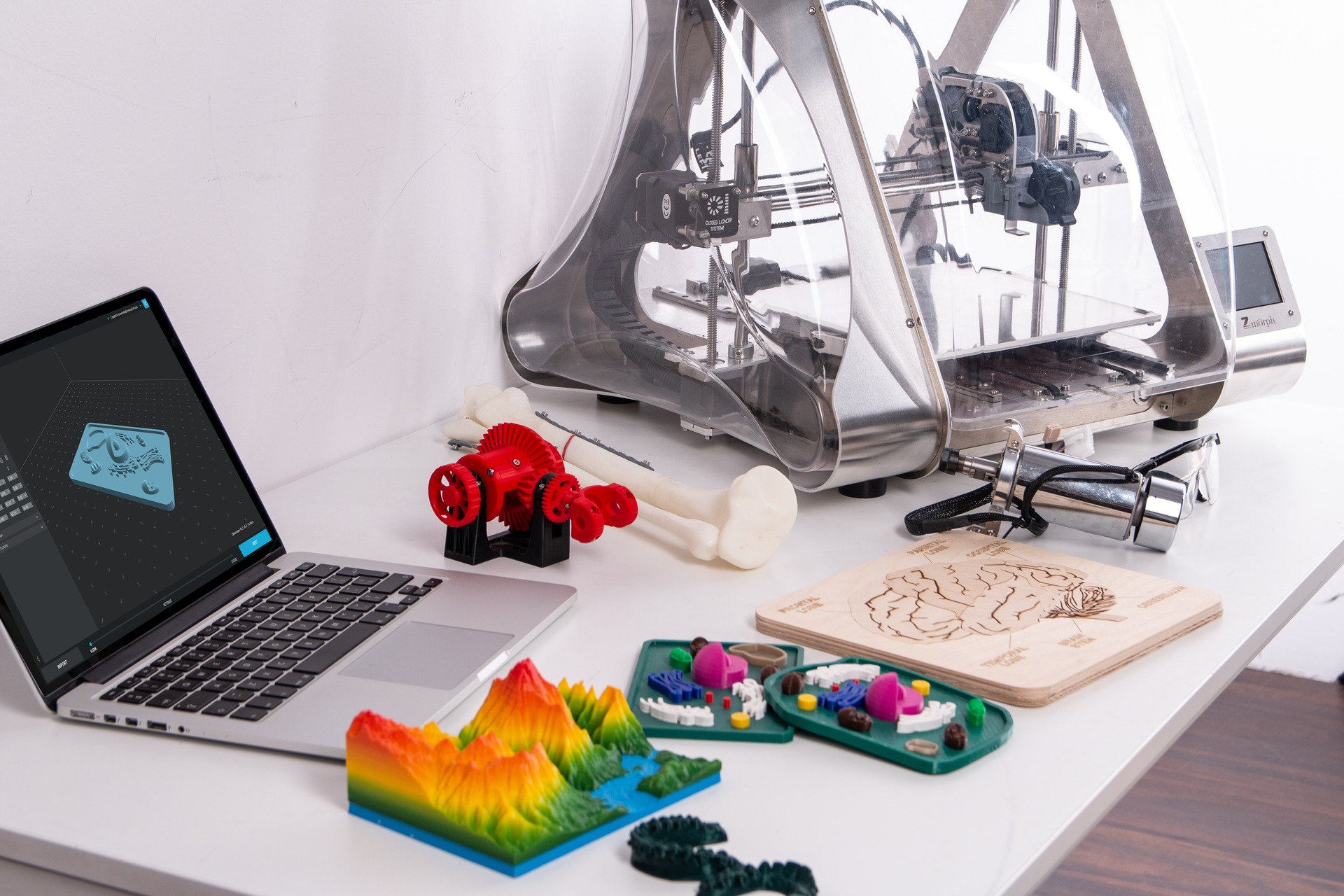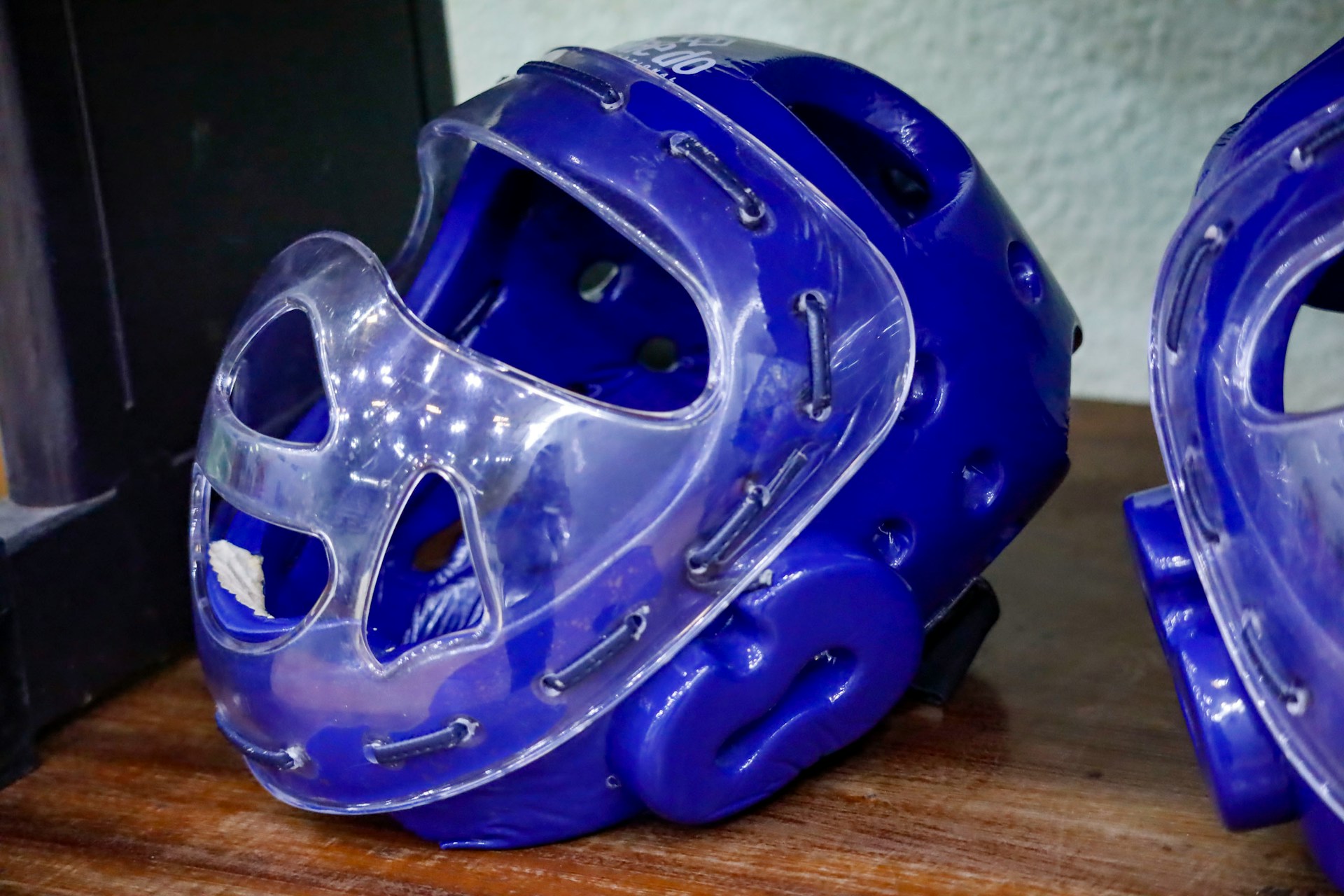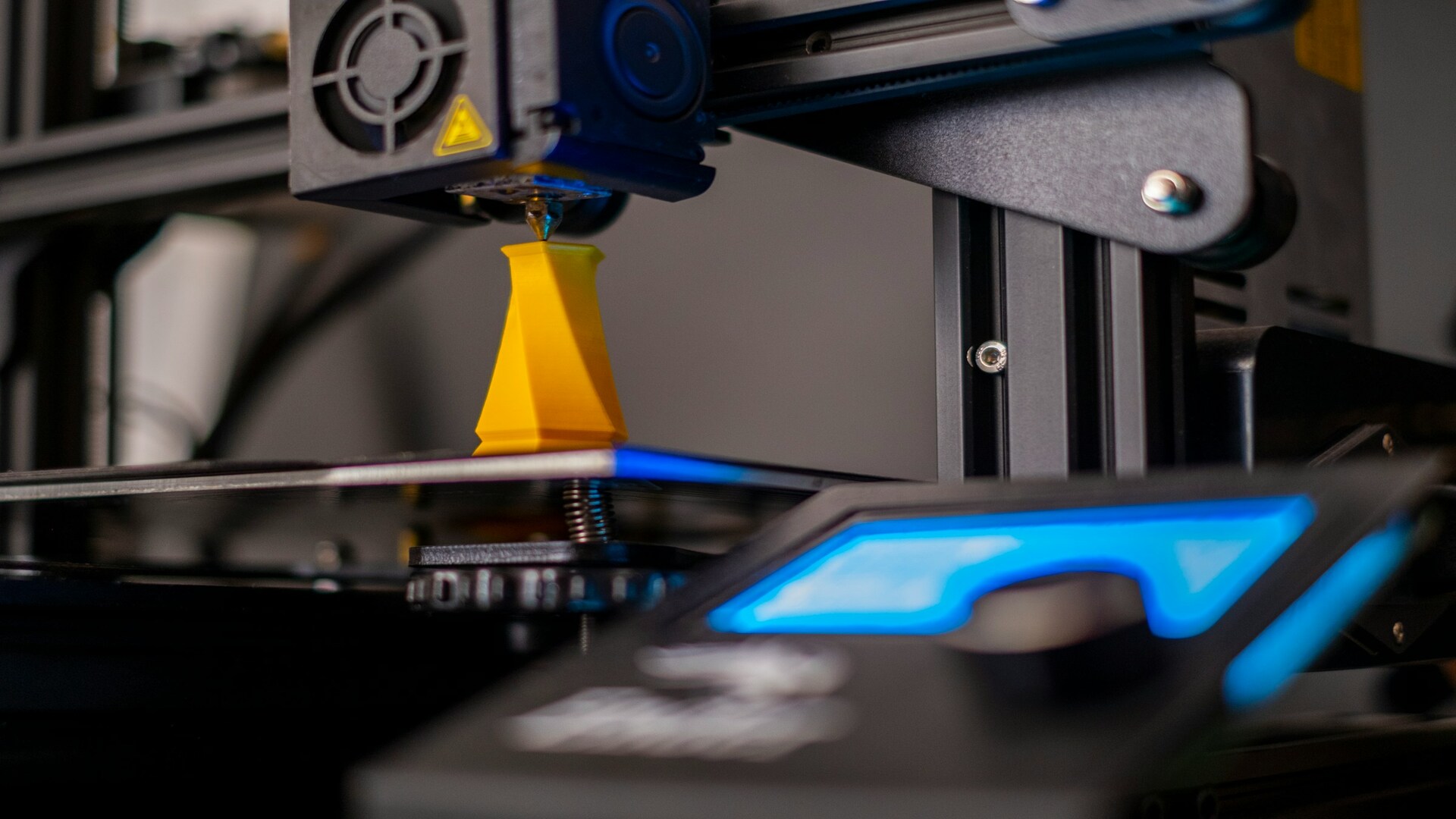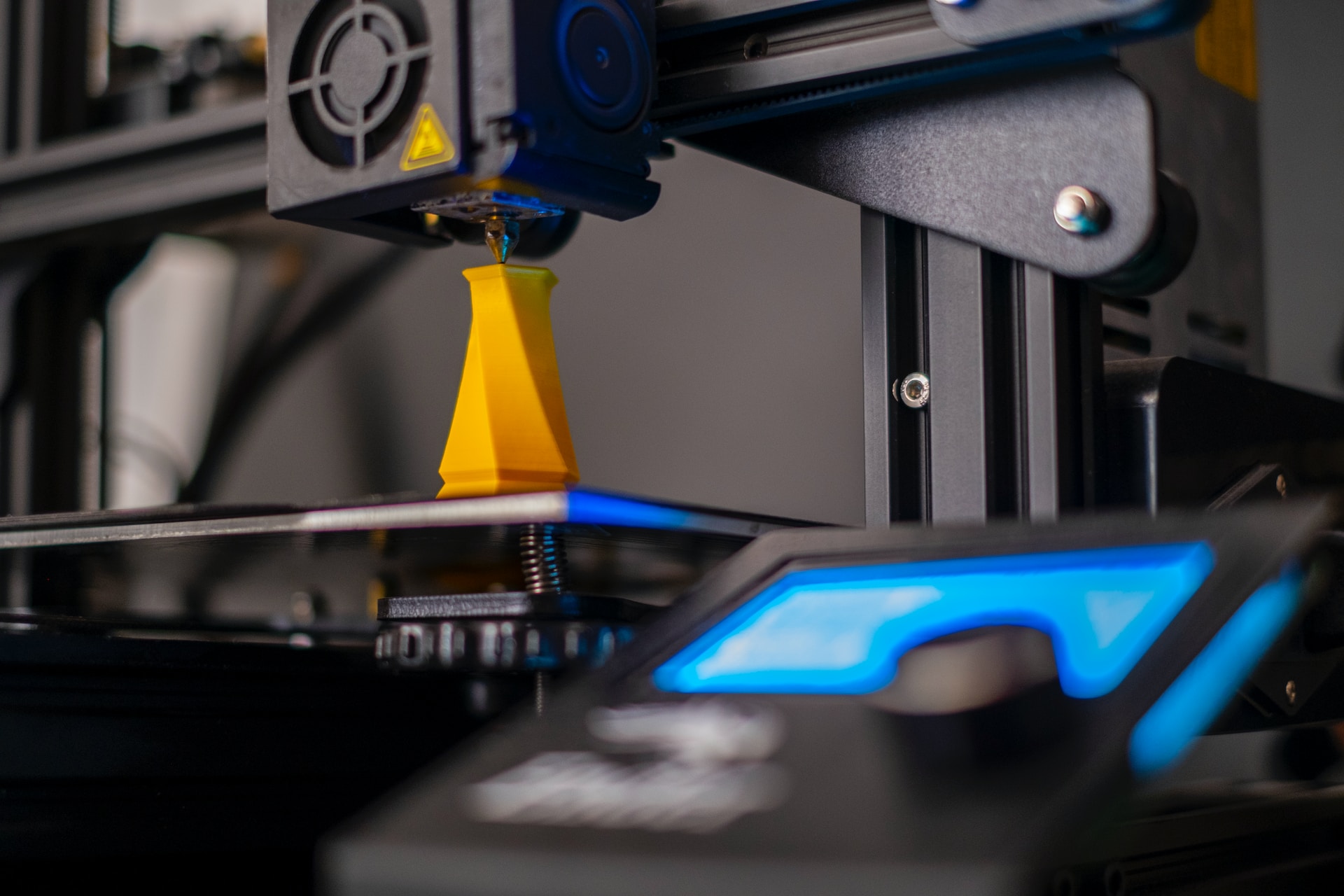
Pros and Cons of Using Wood Filament in 3D Printers
November 14, 2023 - Ellie Gabel
Revolutionized is reader-supported. When you buy through links on our site, we may earn an affiliate commission. Learn more here.
Wood filament is a unique 3D printing material that combines a polylactic acid (PLA) base with natural wood fibers. This unique blend allows users to create 3D-printed objects with the appearance and texture of actual wood.
Its unique properties open up new avenues for hobbyists and professionals. Still, weighing its pros and cons is crucial to determine if it’s a suitable material for a specific application.
What is Wood Filament?
The primary elements of wood filament are PLS and wood fibers. The ratio can vary by brand but is generally around 70% PLA and 30% wood fibers. This combination gives the filament its unique wood-like appearance and texture. Some specialized variants even contain specific wood fibers — like pine or bamboo — to replicate different kinds of wood.
In comparison, standard PLA is a thermoplastic made from renewable resources — like cornstarch or sugarcane — and it’s one of the most commonly used materials in 3D printing. Unlike PLA, workers can post-process this filament to look and feel like actual wood, allowing for sanding, staining and painting.
Pros of Using Wood Filament
Here are the pros of using this filament, from its aesthetic appeal to its environmental benefits, to understand why it’s becoming the go-to choice for many 3D printing enthusiasts and professionals.
Aesthetic Appeal
One of the most compelling advantages of using wood filament is its ability to create wood-like finishes. Unlike other standard materials, it gives prints a realistically grainy texture and a warm, natural appearance.
The filament can also mimic different types of wood — such as oak, mahogany or pine — depending on the specific brand and wood fibers workers use. This level of aesthetic versatility provides users with expanded creative possibilities, making it a favored choice for those looking to infuse their projects with a natural, wood-like appearance.
Eco-Friendly
Another notable advantage of wood filament is its environmental friendliness. Composed mainly of PLA, a biodegradable material, it decomposes faster than many other 3D printing materials. This attribute aligns well with growing sustainability concerns.
It generally has a lower carbon footprint than petroleum-based options. The production of PLA involves renewable sources, contributing to reduced greenhouse gas emissions. These environmental benefits make it an increasingly popular choice for those mindful of sustainability and ecological impact.
Easy to Post-Process
Wood filament also stands out for its post-processing versatility. Unlike many other 3D printing materials, users can sand, stain, and paint the final product like wood. It allows for a greater degree of customization and refinement.
Further, the material’s unique composition lends itself well to intricate detailing. The wood fibers provide a texture and complexity level that can enhance the detailed prints’ appearance. For users interested in adding a crafted, artisanal touch to their projects, wood filament offers a range of post-processing opportunities that are hard to match with other materials.
Cons of Using Wood Filament
While wood filament offers various advantages, it’s essential to consider the whole picture. Like any material, it comes with challenges and limitations that could impact the success of 3D printing projects.
Brittle Nature
One of its significant drawbacks is its susceptibility to breaking. Due to the inclusion of wood fibers, the material tends to be more brittle than standard PLA. This characteristic makes it less suitable for projects requiring high tensile strength or durability.
Moreover, it generally faces difficulties in high-stress applications. Unlike materials engineered for toughness, it isn’t the best choice for parts that will undergo heavy use or bear loads. These limitations call for caution when selecting wood filament for specific applications.
Nozzle Clogs
Another concern with using this filament is the increased risk of nozzle clogs. Because it’s a composite material, the wood fibers can accumulate and obstruct the printer’s nozzle over time. Users may encounter more frequent disruptions during printing processes compared to using smoother filaments like standard PLA.
Wood filament ofter requires regular nozzle checks and maintenance to mitigate this issue. Some users opt for specialized nozzles made of more rigid materials to reduce wear and tear. Thus, while it offers unique aesthetic benefits, it also demands a heightened level of maintenance that potential users should be aware of.
Cost Factor
Cost is another aspect to consider when opting for wood filament. Generally, it’s more expensive than conventional materials. For instance, PLA is readily available at the lowest prices because it’s one of the most favored materials for 3D printing. The specialized manufacturing process and the inclusion of wood fibers contribute to the higher price tag.
Additionally, availability can be a limiting factor. Not all brands offer this filament, and the types of wood it mimics can vary, making it less accessible for those who don’t have a wide range of suppliers.
Tips for Using Wood Filament
For those eager to start using this material, some quick recommendations can go a long way in ensuring a successful print.
- Optimal extruder temperature: Consider using a slightly higher temperature to accommodate the wood fibers effectively. Users can set their printer’s settings up to 428°F, depending on the filament brand.
- Slower print speeds: A reduced print speed can improve material adhesion to the print bed and enhance the quality of the finished product.
- Printer calibration: Ensure the 3D printer undergoes accurate calibration. Proper adjustments are crucial for the wood filament to achieve consistent print quality and strong layer adhesion.
Given that this material has unique properties, spending the extra time on calibration can make a substantial difference in the success of various printing endeavors.
How to Get Started with Wood Filament
Before printing new exciting projects, here are some key initial steps to consider:
- Research brands and types: Look into various brands and styles before purchasing. Some may mimic specific kinds of wood, like oak or bamboo.
- Check compatibility: Ensure the 3D printer can handle the material, mainly regarding nozzle size and type.
- Read reviews: go through customer reviews and expert opinions to gauge the filament’s quality and ease of use.
- Test sample: Buy a sample roll of the filament first to see how it works with the printer.
These steps will minimize hiccups during printing and reduce the risk of wasted material and unnecessary printer breakdowns.
Is Wood Filament the Best for You?
It isn’t a one-size-fits-all solution but appeals tremendously to specific users. Whether a hobbyist looking to add a unique, natural touch to their creations or a professional seeking more sustainable material options, wood filament may be an excellent choice.
However, it’s essential to approach the use of this material with a measure of caution. Be prepared for a learning curve and some additional maintenance tasks. The world of 3D printing is all about experimentation and innovation. With the proper preparation and mindset, diving into this endeavor can be a rewarding experience.
Revolutionized is reader-supported. When you buy through links on our site, we may earn an affiliate commission. Learn more here.
Author
Ellie Gabel
Ellie Gabel is a science writer specializing in astronomy and environmental science and is the Associate Editor of Revolutionized. Ellie's love of science stems from reading Richard Dawkins books and her favorite science magazines as a child, where she fell in love with the experiments included in each edition.







